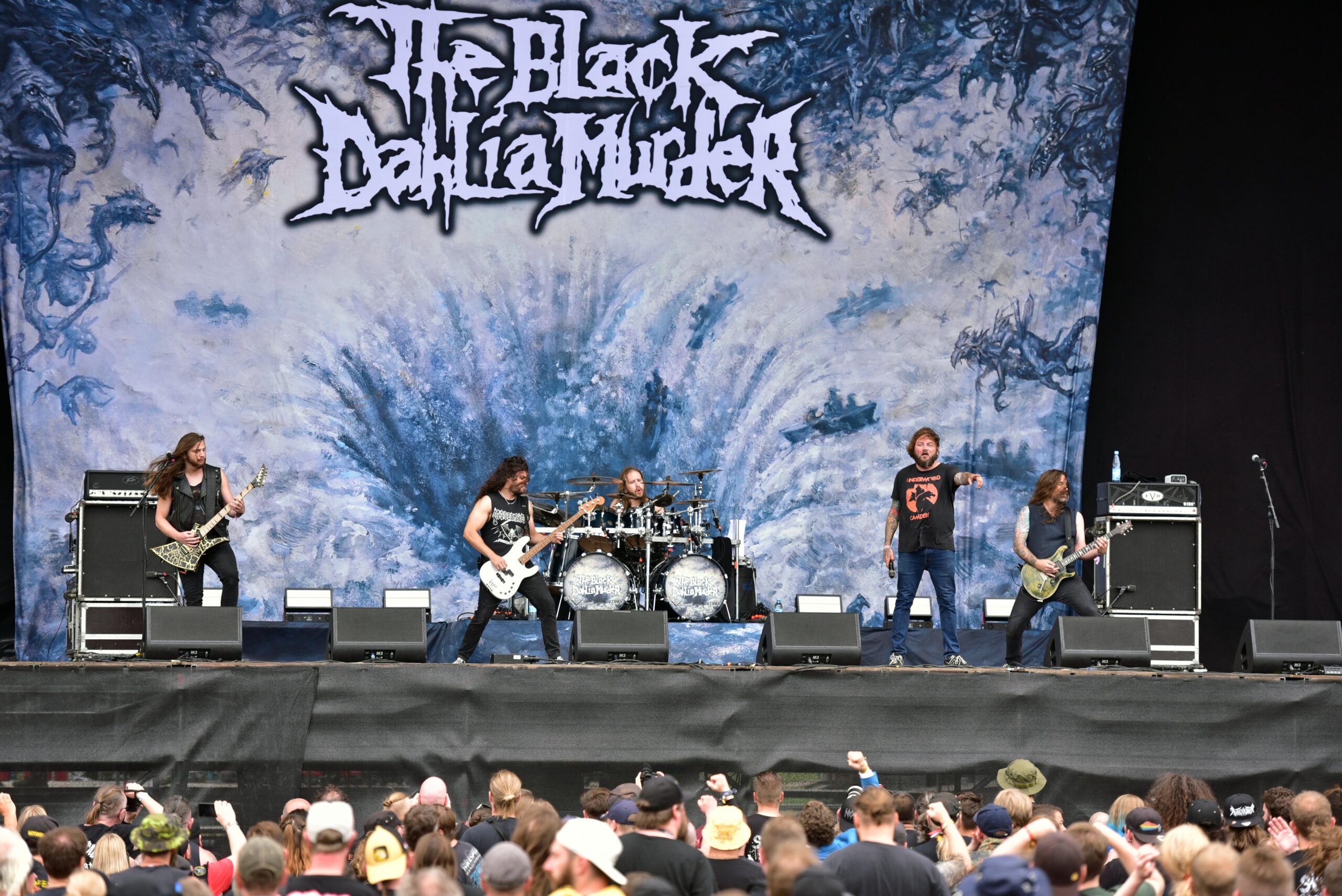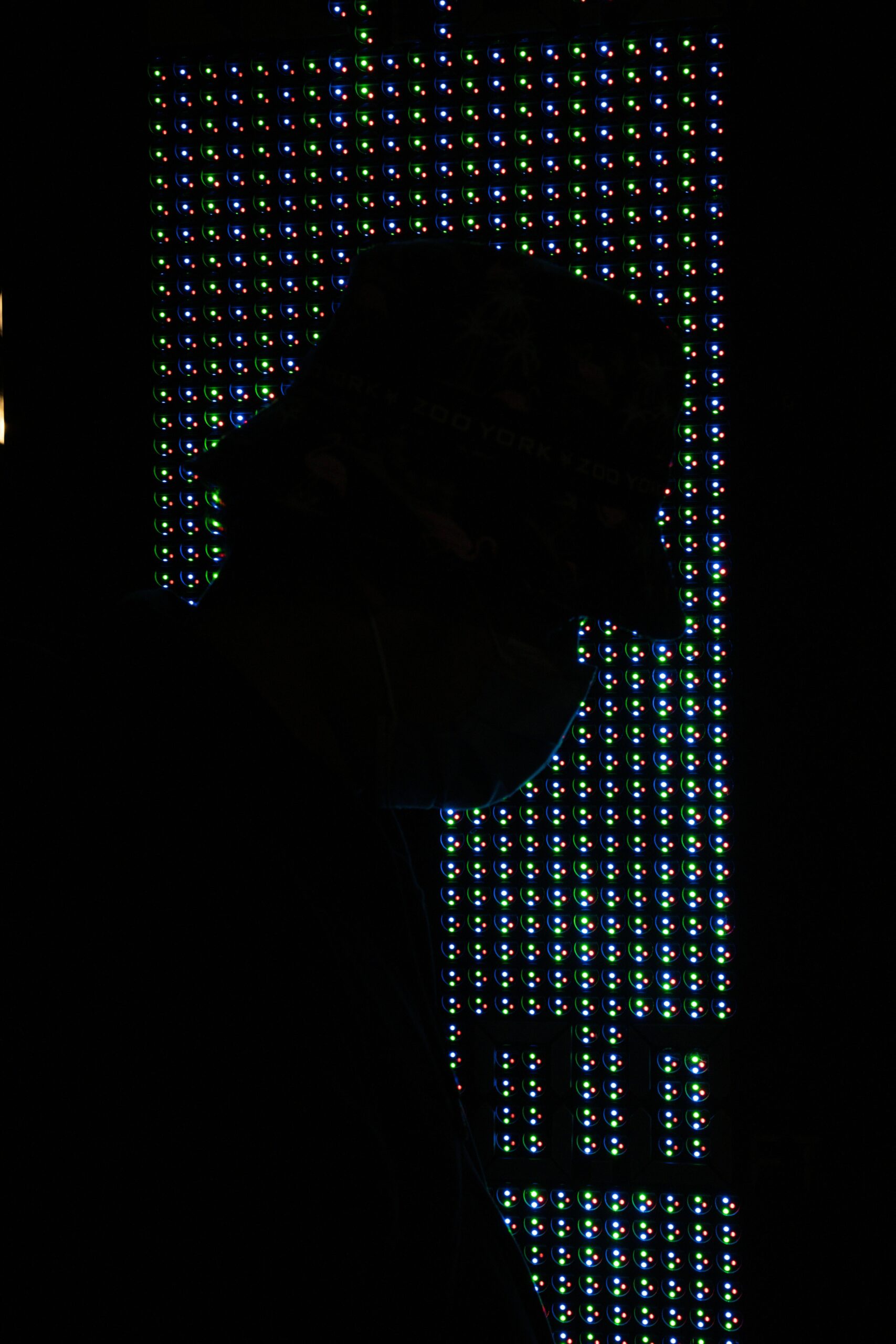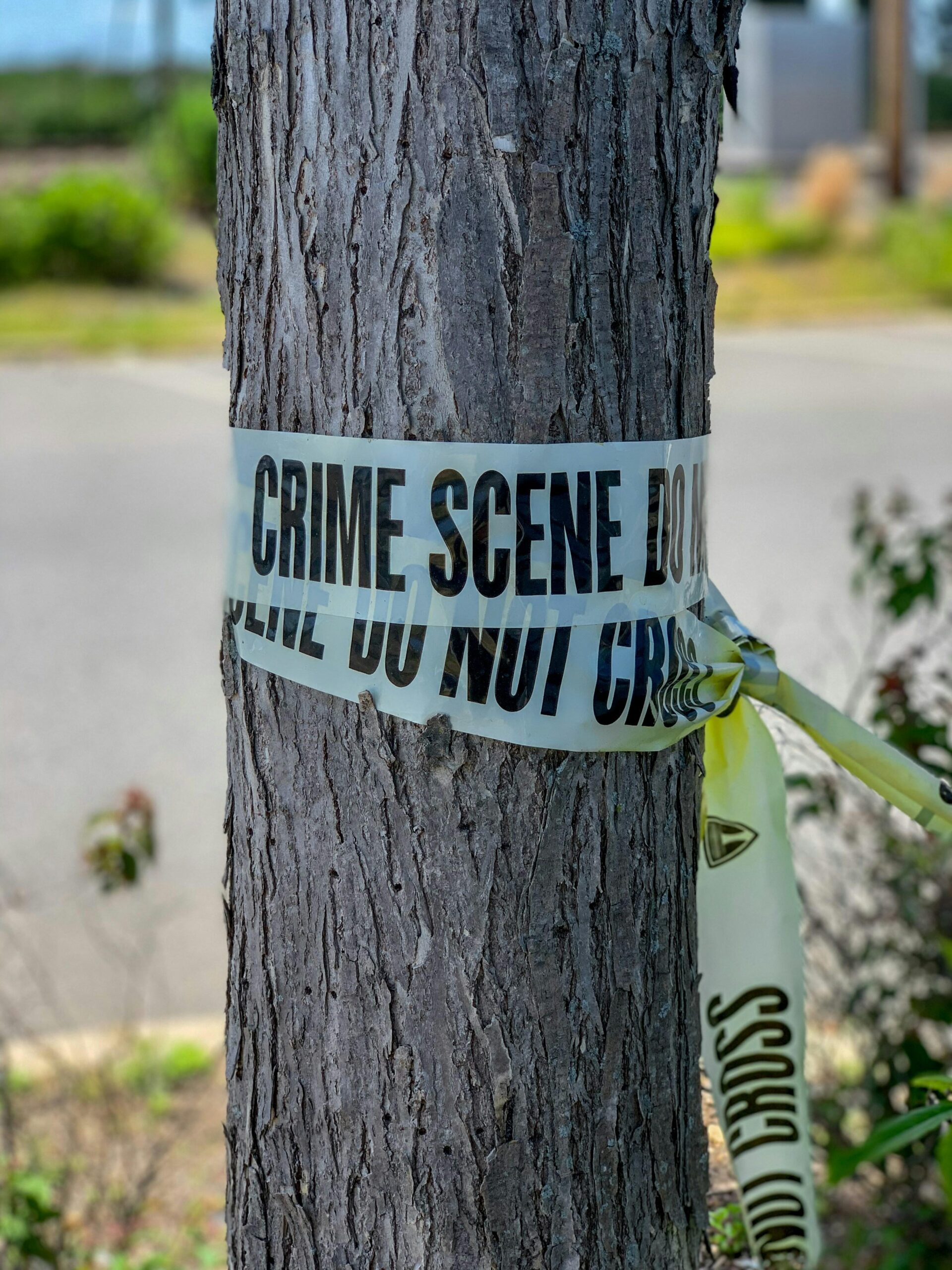The Black Dahlia murder has fascinated and perplexed true crime enthusiasts for decades. This chilling case, shrouded in mystery and eerie details, continues to captivate our collective imagination. Who was Elizabeth Short, the young woman whose brutal death in 1947 shocked Los Angeles? What secrets lie beneath the surface of this infamous unsolved crime? In this article, we’ll dive deep into the dark alleys of history, exploring the known facts, the theories, and the lingering questions that keep the mystery of the Black Dahlia alive. Join me as we unravel this haunting story—one piece at a time.
Table of Contents
- The Enigmatic Life of Elizabeth Short Before the Tragedy
- Decoding the Crime Scene Clues That Baffled Investigators
- Theories That Continue to Fuel Public Fascination
- How Advances in Forensics Could Finally Solve the Case
- Wrapping Up
The Enigmatic Life of Elizabeth Short Before the Tragedy
Before the world became riveted by the chilling details of her murder, Elizabeth Short’s life was marked by a restless spirit and an elusive charm that many found captivating. Known among acquaintances as a vivacious young woman with aspirations far beyond the confines of her small-town origins, she moved frequently across California, chasing dreams yet often shadowed by instability. Her presence was a juxtaposition of innocence and complexity, a glimpse into a life that seemed to toe the line between aspiration and despair. What truly makes her story compelling is the fragile balance she maintained between the public image she constructed and the private struggles she endured.
Friends and family recall a few poignant facets of her early years:
- Her relentless pursuit of a career in the entertainment industry, fueled by moments of dazzling confidence.
- The pattern of brief, intense relationships that both energized and complicated her path.
- An underlying vulnerability, often masked by her radiant smile and stylish demeanor.
These elements weave together a portrait of Elizabeth Short as someone both enigmatic and deeply human—a person living in the shadows of a future that would tragically eclipse all else. In reflecting on her prelude to notoriety, one cannot help but wonder about the untold stories hidden beneath the surface of this young woman who captured the fascination of a nation.
Decoding the Crime Scene Clues That Baffled Investigators
Among the many perplexing details at the crime scene, one clue stood out like a cryptic puzzle piece refusing to fit: the meticulously carved ‘L’ on the victim’s left hand. Its meaning sparked intense debate—was it a signature from the killer, a desperate message, or merely a cruel red herring? Investigators scoured every possibility but found no solid leads connecting the mark to known suspects, adding layers of mystery to an already confounding tableau.
The scene was further complicated by an array of contradictory evidence:
- The absence of blood trails outside the premises, despite the grievous wounds;
- Unusual positioning of the body that defied typical patterns observed in similar cases;
- Hidden fragments of a torn photograph discovered in the victim’s purse, suggesting a possible connection yet to be decoded;
- Distinctive perfume traces lingering in the room, which didn’t match any known associates.
Each clue, alive with potential insight, only deepened the investigators’ intrigue, weaving a tangled web that challenged them to think beyond traditional crime-solving conventions.
Theories That Continue to Fuel Public Fascination
Over the decades, the Black Dahlia case has inspired countless conjectures, each adding layers to the dark tapestry surrounding Elizabeth Short’s tragic end. Among the most compelling are theories suggesting involvement by high-ranking officials and underworld figures alike—an idea that adds both intrigue and chilling plausibility. Theories often cite corruption, organized crime, and even celebrity connections, weaving a narrative that feels as enigmatic as the crime itself. These stories persist not merely because of a lack of solid evidence, but because they tap into our fascination with hidden truths lurking beneath the surface of 1940s Los Angeles.
What truly fuels ongoing public interest is the ambiguity left by those involved in the investigation—and those who aren’t. Conspiracy theories range from a jilted lover’s revenge to a gruesome act by a psychopathic stranger, each theory carrying fragmented bits of fact and rumor. Below are some of the most discussed ideas:
- The Hollywood Connection: Linking Elizabeth’s murder to the darker underbelly of the film industry.
- Police Cover-Up: Suggesting intentional suppression or distortion of evidence to protect influential suspects.
- A Ritualistic Crime: Proposing the murder was symbolic, hinting at occult influences in post-war LA.
How Advances in Forensics Could Finally Solve the Case
Decades after the gruesome discovery of Elizabeth Short’s body, modern forensic science is breathing new life into this cold case. With the introduction of advanced DNA sequencing techniques, investigators can now analyze microscopic biological traces that were once impossible to detect. These breakthroughs enable a fresh examination of old evidence—possible touch DNA found on preserved clothing or latent fingerprints recovered from crime scene photographs. Coupled with powerful forensic software, it’s now feasible to reconstruct the crime timeline and even identify suspects who might have left minuscule biological markers behind.
Beyond DNA, innovative technologies such as 3D crime scene mapping and digital facial reconstruction offer new avenues to visualize and understand the events leading up to the murder. When combined with artificial intelligence that cross-references vast databases of unsolved cases, they hold promise for uncovering patterns or links previously overlooked. Key elements being leveraged include:
- Enhanced forensic genealogy to trace family lineages from DNA fragments
- Updated toxicology screenings using ultra-sensitive mass spectrometry
- Machine learning algorithms that analyze witness statements and media coverage
These burgeoning forensic capabilities blaze a trail towards unraveling one of the most perplexing mysteries in American crime history.
Wrapping Up
As we peel back the layers of the Black Dahlia case, the story remains as haunting and enigmatic as ever. Despite decades of theories and investigations, Elizabeth Short’s murder continues to baffle and intrigue, a chilling reminder of how some mysteries resist unraveling. Whether you’re a true crime enthusiast or simply curious about one of America’s most infamous cold cases, the Black Dahlia invites us to keep questioning, keep searching, and maybe, one day, uncover the truth hidden in the shadows. Until then, the legend lives on—dark, elusive, and endlessly fascinating.












